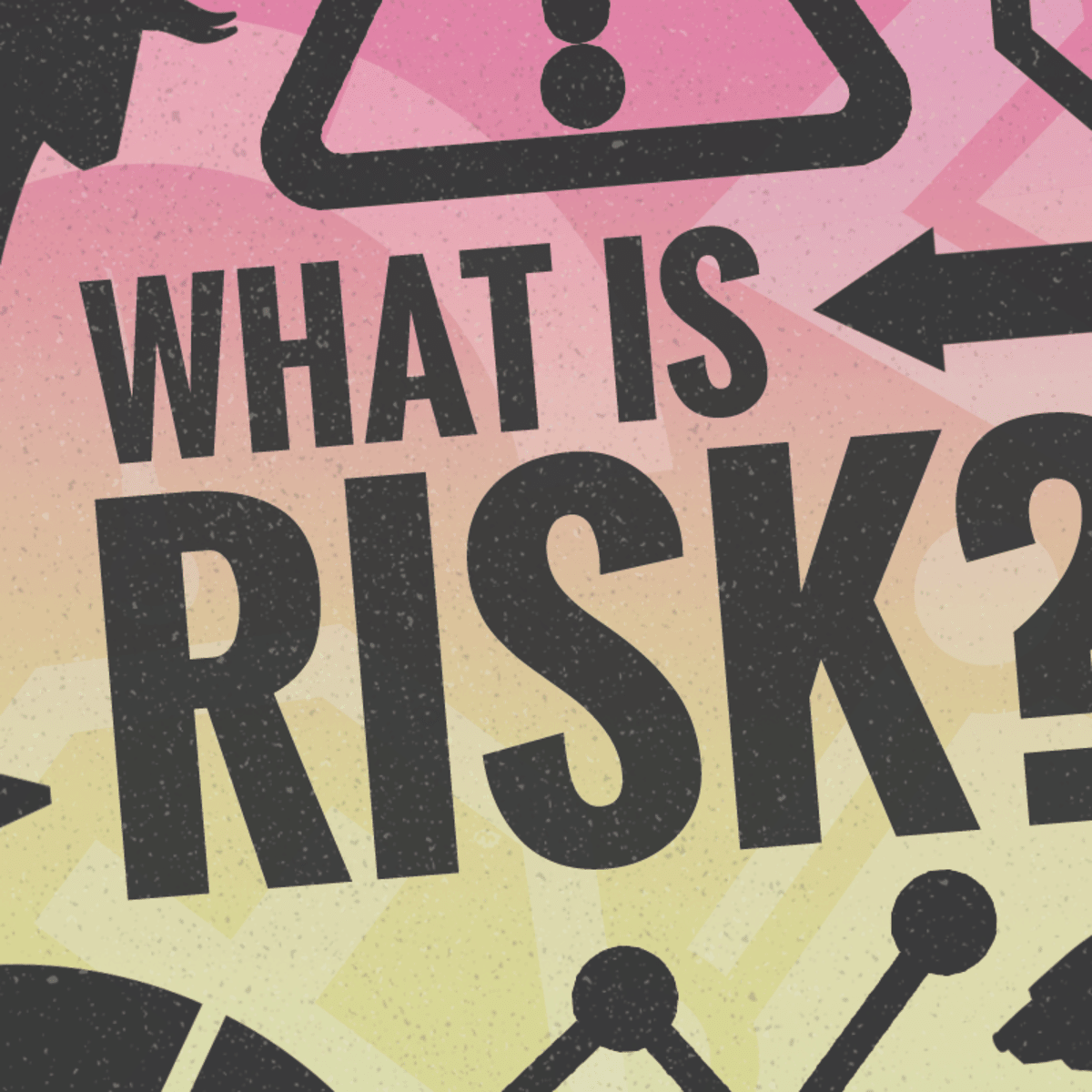Introduction
Earlier, we discussed that there is risk in every corporate decision, and the impact hits every business directly on its bottom line.
The activities of every organization involve risk. So, it is necessary to remove or reduce the likelihood that occurred in the project. Therefore, risk analysis is an essential part of risk management to identify the risks and control them.
Especially, qualitative methods and quantitative methods are necessary to complete the risk analysis. By using qualitative methods, we can investigate, classify, and determine the risk involved in the project. The performance of the quantitative risk analysis is carried out after the qualitative risk analysis.
The Cost, safety, operation, and quality are the factors which affect the risk analysis.
WHAT’S IN IT
What is Risk

Firstly, There are various types of uncertainties found in the organization which is known as risk. This risk will affect the growth of the organization at the time of work or completion of work. So, implement the risk management and risk analysis to reduce or remove the risk that occurred in the project.
Therefore, Risk management is a four-step process that includes risk identification, risk analysis, risk response, and risk monitoring and controlling.
In this case, Risk impact and probability are the functions of risk analysis. Determine the risk impact and risk probability by using qualitative and quantitative methods.
Risk Impact probability charts
Two main components of risk analysis are impact and probability. The impact of the risk may be positive or negative. This impact is caused due to uncertainties that occur in the project.
A combination of impact and probability can determine the level of risk.
Impact and probability matrix is a simple method to estimate the risks and allocate resources.
Three categories of the impact of risk are: low, medium or high. The risk is always has a negative effect.
However, the size of the impact varies in terms of cost, health, and other essential factors.
The probability of a risk is express or classify in the same way as the probability of 0% to 100%.
Here, Risk impact/ probability charts provide a useful framework for low to high risk.
Let’s see, the impact probability chart. The impact and probability chart represents the risk that occurred in the project. However, The chart matrix will measure the probability of occurrence along the vertical axis from low to high.
Similarly, On the x-axis, we measure the impact risk from low to high. The decision-makers need to know about the dangers that are included in the project and the impact on the organization. You can give priority to each risk so that it provides a clear view of risk impact.
Low impact/low probability

Those risks are having a low probability of occurrence, and little impact of risk is indicating in the bottom left corner of the chart. So, This risk is not essential to take action.
However, You can record risk in the risk register. This record used in future monitoring and controlling.
Low impact/high probability
Those risks are having a high probability of occurrence, and little effect of uncertainty is indicating in the Top left corner of the chart. So, This risk is medium essential to take immediate action.
However, you should try to reduce this risk, because this risk includes the combination of small risks that create a high impact in the future.
High impact/low probability
Those risks are having a low probability of occurrence, and the high impact of risk is indicating in the bottom right corner of the chart. This risk is highly significant to take immediate action.
However, you should try to remove or reduce this risk. To identify this risk, you should try to estimate the risk and make a risk assessment analysis.
High impact/high probability
Those risks are having a high probability of occurrence, and the high impact of risk is indicating in the top right corner of the chart. This risk is most important to take immediate action.
However, you should try to remove this risk before it occurs. To identify this risk, you should try to estimate the risk and make a risk assessment analysis. This risk requires the priority to take action.
Risk Mitigation
After the completion of risk identification, risk measurement, or risk quantification, the process of risk mitigation takes place.
The risk has negative Impacts and adverse Impacts, and when they should required steps are initiated to reduce this adverse impact, so that strategy is called risk mitigation.
Four strategies of Risk Mitigation.
- Avoid or withdraw
- Reduce or optimize
- Share or transfer
- Accept or retain
1) Avoid or withdraw
Avoid or withdraw means, In a critical situation, do not undertake that activity which carries risk.
What will be the implication of this strategy?
- The exposure to risk will be avoided, altogether, so there will be zero risk
- The loss of business opportunity is damaging to the organization.
- All business organizations need a profit for sustaining themselves; hence if we do not undertake activities that carry risk, then there will be a loss of potential profit.
- Avoidance is maybe a costly strategy. Therefore this cannot be adopted.
2) Reduce or optimize
Reducing or optimizing means, reducing the severity of the impact.
The impact of undertaking an activity can be positive, or it can be harmful, and risk is associated with a negative impact.
So, In this is a strategy, the focus is on how to reduce that negative impact.
These can be done by optimizing the risk. So, This optimization of risk can be done by balancing the negative impact and the benefits which will be available from undertaking that activity.
3) Share or transfer

Sharing or transferring means, sharing the burden of loss or benefit of gain from risk with other parties.
For example:
In the lending business, it can be through:
- insisting on the higher-margin that is sharing with borrowers
- collateralizing on tangible is sharing with borrowers
- transfer of risk by obtaining guarantees from credit grantee organizations
- Securitization is to reduce concentration and recycling
4) Accept or retain
when the cost of management of risk through other options is very high, or it restricts the achievement of organizational goals then risk retention will be the best strategy.
Once it is decided to retain the risk, then the decision will be taken to manage the risk.
It is a good strategy where the chances of very large loss are too small and the cost to share or transferring the risk is very high.
Here, Risk acceptance or retention helps in the growth of business and profits. You can also use another strategy.
In conclusion, no one is the best strategy, so these are strategies have to be used through a mix.
Conclusion
In summary, You will see that risk impact and probability chart are an essential part of decision making. Risk analysis is a significant part of risk management to identify the risks and monitor this risk.
Various types of risk should be found on the organization, Which creates a considerable impact on the organizations. Impact and probability matrix is a simple method to evaluate the risks.
You can learn to give priority to the threat, which depends upon impact and probability. You can see the risk mitigation and four strategies of risk mitigation.
Also you can read our blog on All You Need To Know About Risk Analysis And Risk Management.
FAQ’s
Firstly, estimate the probability of risk which occurs. Give the rating to that risk, which depends upon the impact and probability of risk.
It should happen on the scale of 1 to 10. If the risk score is 1, then the risk impact is low, and the risk score is 10, then the risk impact is high.
Following are the types of risk probability:
Low Impact- Low probability
Low impact- High probability
High Impact- Low probability
High impact- High probability
Risk probability is the chance of a risk occurring. Risk impact is the cost of a risk if it does happen.
Avoid or withdraw, Reduce or optimize, Share or transfer, Accept or retain this are the four strategies of risk mitigation which you can use to reduce the adverse impact of risk.



